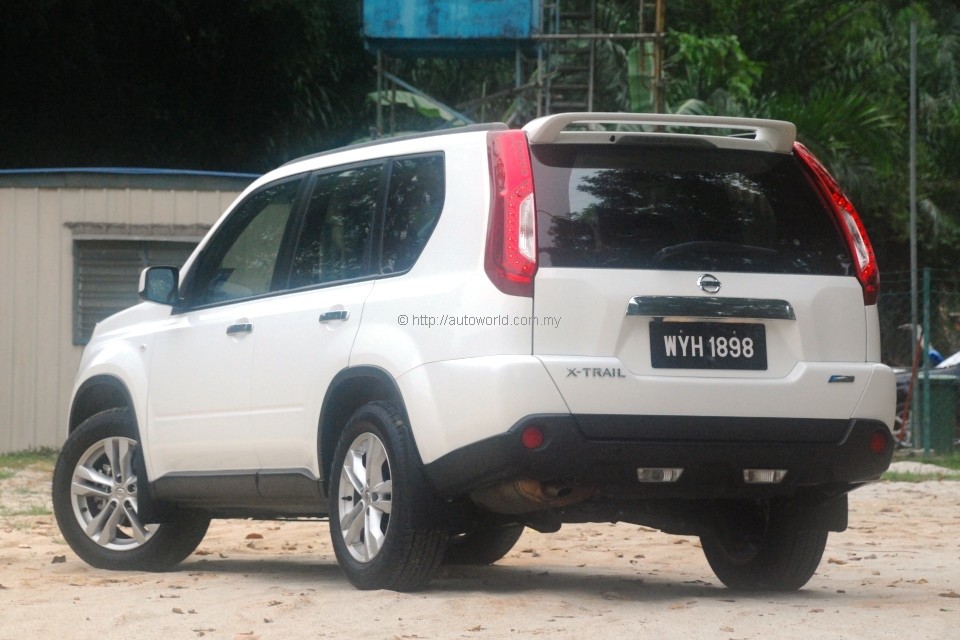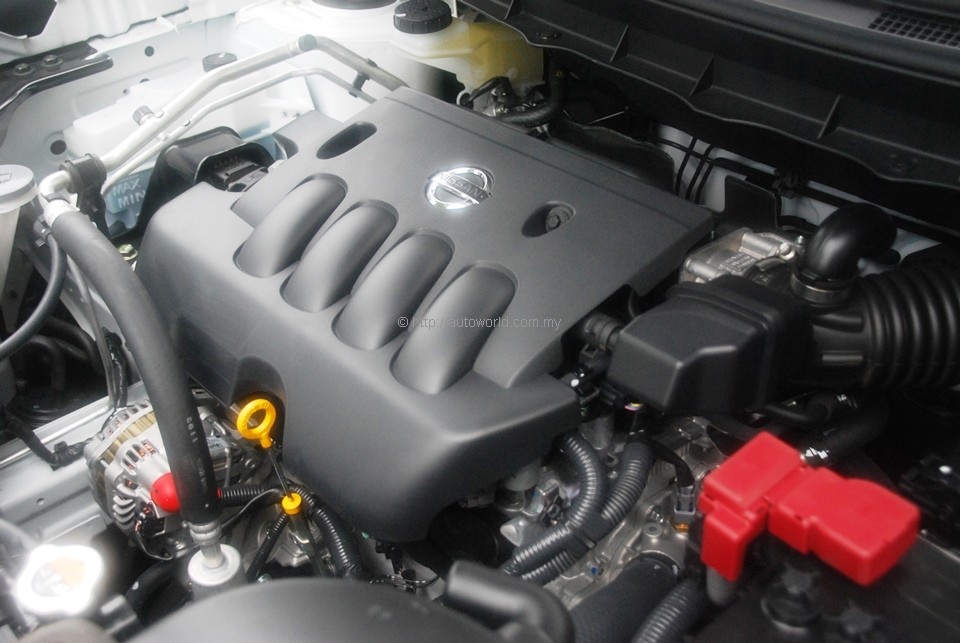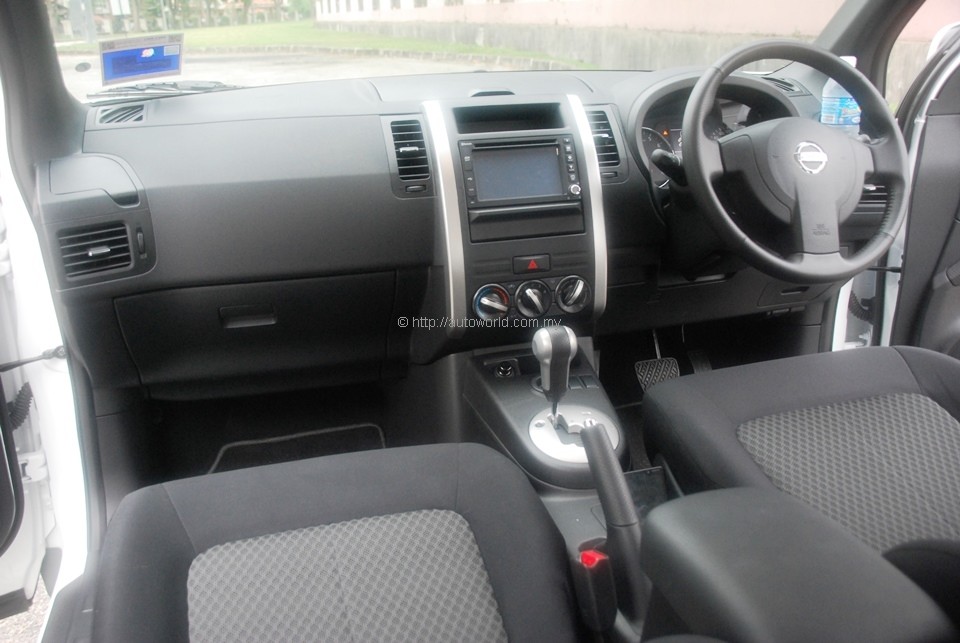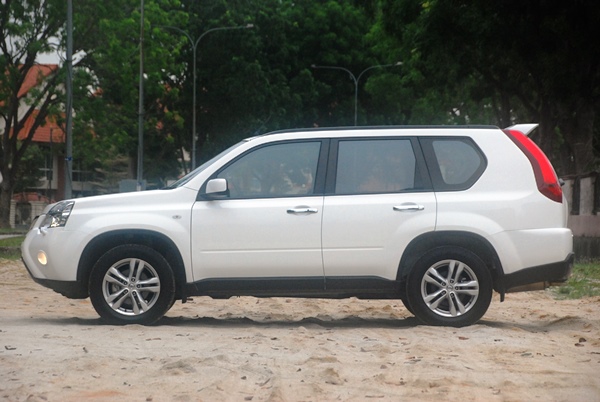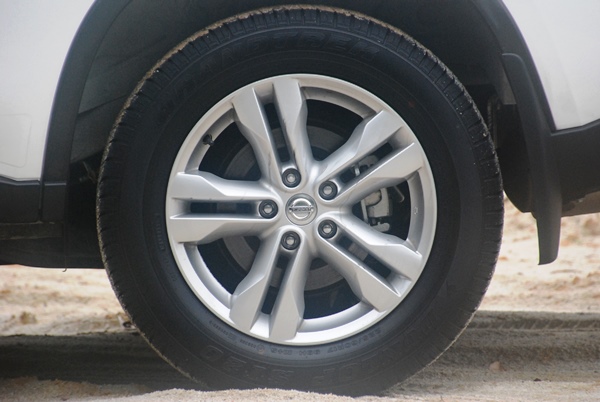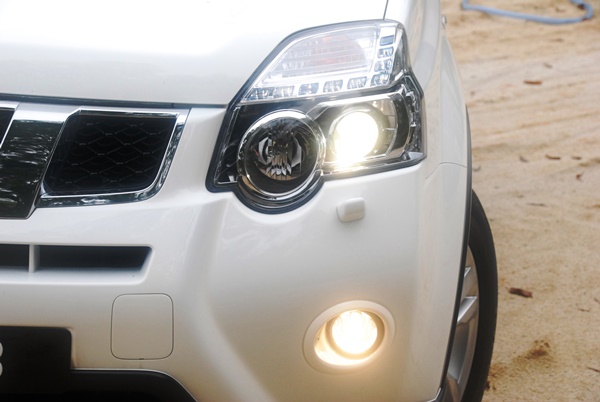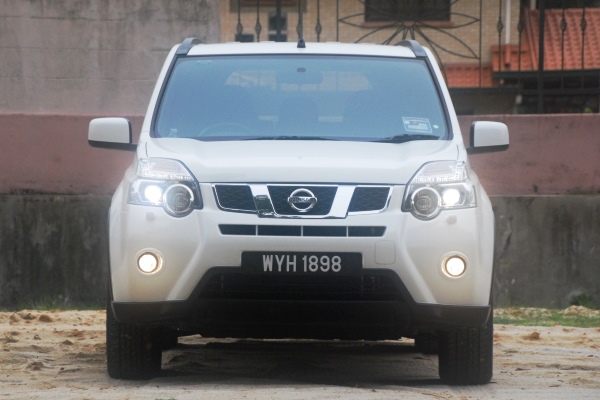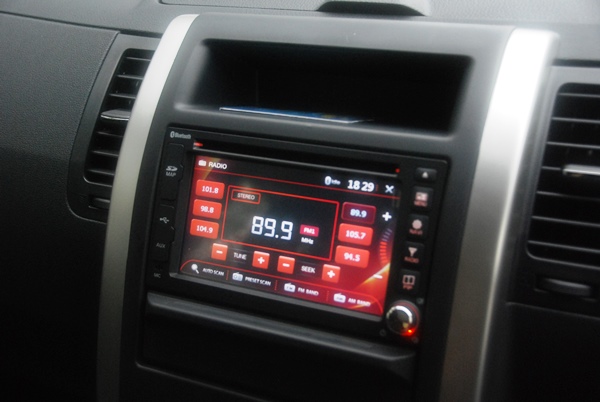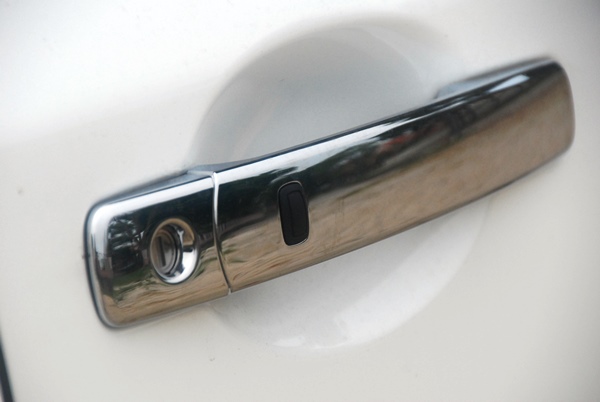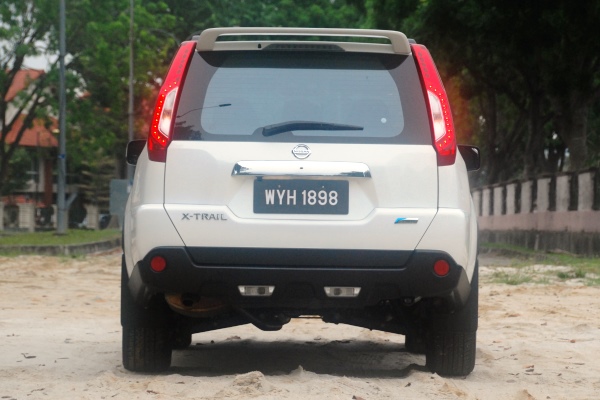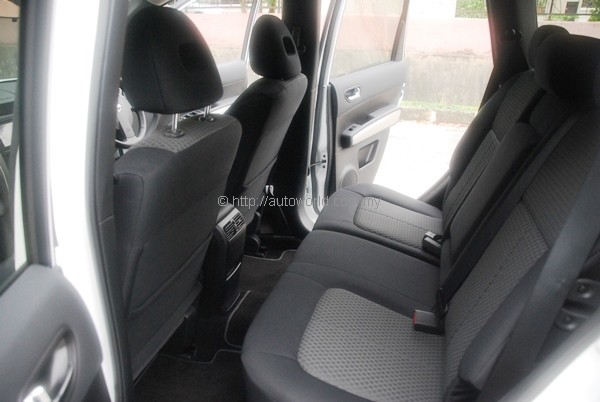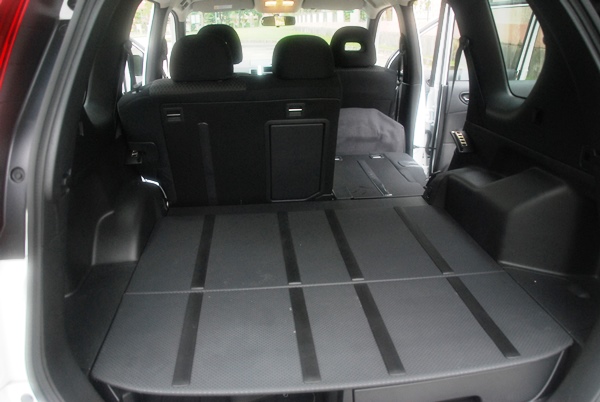Nissan X-Trail T31 2013 Facelift Review
The current generation Nissan X-Trail T31 made its global debut in 2007, but entered the ASEAN market only as late as 2010. Amusingly, its ASEAN debut happened at around the same time when Nissan rolled out the facelifted version in Japan. The so-called new X-Trail at that time was in actual fact hardly new and it was only this year that Nissan finally sent the latest version to our region, with Malaysia receiving it in April.
Throughout its three years in the market, the T31 has not been enjoying the same enthusiastic response from customers as the original T30 X-Trail. A steeper price tag likely has something to do with it, and the T31 is also playing in a significantly more intense battlefield than its predecessor, which did not have competitors like the Mazda CX-5 and the Ford Kuga to worry about. Also, the Honda CR-V at the time was less established as a dominant force than it is today.
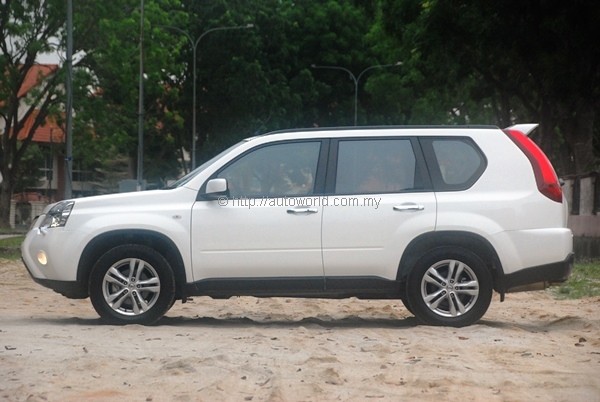 |
| Unlike most of its rivals, the X-Trail proudly retains its chunky SUV silhouette. |
Price and Specs
As before, Nissan is only offering one variant of X-Trail for us, but at a smaller price tag of RM148,800 with insurance versus RM149,500 of the pre-facelift model. The reduced price also happily coincides with added equipment; whilst we don’t care much for the new upsized 17″ alloy rims, the integrated multimedia touchscreen unit with reverse camera is an appreciated addition. Ditto the revised multi-info display of the instrument cluster.
Mechanical specifications are unchanged, as the all-aluminium 2.0-litre MR20DE powerplant continues to occupy the engine room sending outputs of 137hp and 198Nm to the front wheels via the Jatco-sourced X-Tronic CVT with six virtual ratios. It is a propulsion combo designed with refinement and fuel economy as key priorities, but it remains genuinely regrettable that Malaysian buyers are denied the options of AWD and more powerful engines available in selected markets.
The X-Trail’s underpinnings are actually engineered with moderate off-road usage in mind, which makes the omission of AWD for our market doubly sad. It features all-independent suspension with MacPherson struts up front and multi links at the rear. Disc brakes are standard all round as well, but whilst most rivals in this price range are happy to settle for solid discs at the rear, Nissan generously gives you a quartet of ventilated rotors.
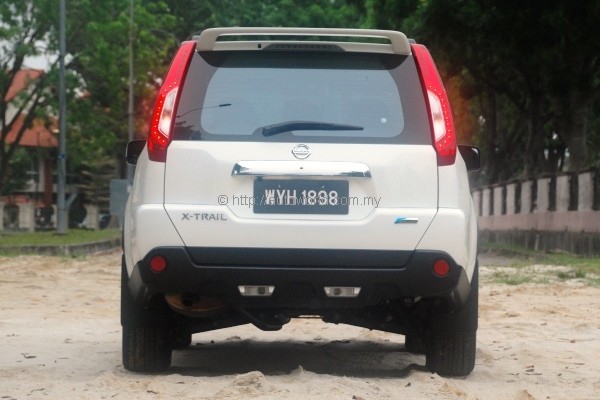 |
Exterior
As the ‘car-like’ cliche becomes an increasingly overused descriptor for modern SUVs, the X-Trail unashamedly embraces its SUV identity, and that is reflected in its chunky and rugged styling. The facelift exercise sees Nissan giving the front a more rounded and curvaceous appearance, but you don’t get the impression that the X-Trail is trying to pose as a hatchback or a wagon. Its honesty is refreshing.
New light clusters illuminate both forward and astern, with the tail lamps switching from conventional bulbs to LEDs. Headlight specifications are unchanged from before – HIDs with spray washers – but housed in a redesigned assembly. Aesthetically, the subtle enhancements of this facelift gives the X-Trail a more upmarket appearance than before. The new 17-inch rims fit nicely in that outlook, even if the previous 16-inch rollers remain a more prudent choice.
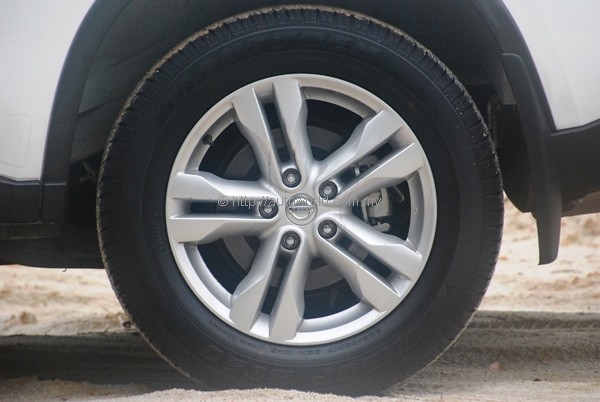 |
| New 17-inch rims look the business, but the result is a slightly busier ride than before. |
Interior
Nissan left the X-Trail’s cabin architecture untouched for the facelift, but the colour scheme has been darkened, creating a more premium ambiance than the grey interior that came before this. The instrument cluster has been revised to incorporate a new multi-info display, though the dash-mounted multimedia head unit is perhaps the most noticeable addition to the cabin.
The 2-DIN head unit, which incorporates GPS navigation and a reverse camera, is developed locally by Tan Chong’s own subsidiary TCAT. We have experienced this system in other Nissan test cars with mixed results. In this particular test car, the GPS was slow to react to course deviations and its reverse camera showed us black screens after only our second day with it. It is also unfortunate to note that the X-Trail continues to make do without steering-mounted audio controls.
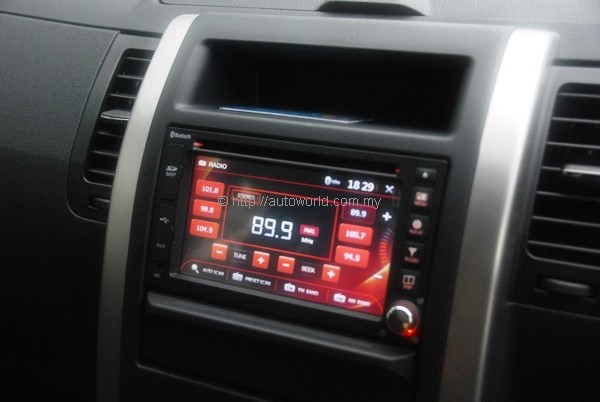 |
| Locally-sourced TCAT multimedia touchscreen is standard fit. |
Nissan did throw in electric adjustment for the front seats, but there is little else to highlight from an equipment standpoint. In the aspect of ergonomics and practicality, however, the picture becomes rosier. The door pockets are too narrow to be genuinely useful, but the glovebox is exceptionally deep, and the storage lid atop the dashboard will swallow quite a bit of stuff. Add the four cup holders, centre console box, and two storage slots above and below the head unit, you’ll find plenty of spaces to slip in various loose items.
At the rear, legroom is unremarkable but the seats thankfully recline for long journeys. Pop open the tailgate and you have 479 litres of luggage space as a start. The detachable double luggage floor configuration is retained to facilitate compartmentalization of the storage compartment. You get 603 litres with the drawer removed, and with seats down, you have 1,649 litres at your disposal. The luggage floorboard itself is made of hardened plastic, which is a lot easier to clean compared to carpet lining.
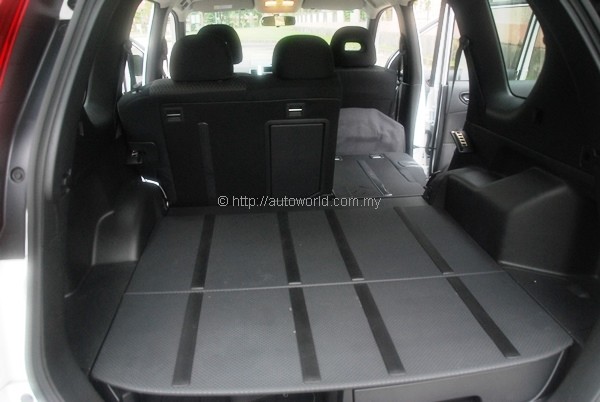 |
| Plastic floorboard allows you to subject the X-Trail’s cargo room to very rough usage. |
Driving Experience
With no mechanical changes to report, there is similarly little difference between the respective driving experiences of the current X-Trail and its pre-facelift predecessor. Progress is best summoned in an unhurried fashion, and it is in fact more rewarding to drive this car slowly than it is to drive it fast. The engine pulls the X-Trail’s bulk gamely at low speeds without struggle, but it feels genuinely disinterested in delivering anything resembling rapid progress.
Dynamics are in fact pretty decent, with the chassis gamely handling sharp changes of direction. Ride quality on gravel surfaces is exemplary with the suspension masterfully soaking up uneven surfaces. Things get busier on tarmac, but this, we suspect, is likely due to upsized rims. Overall, the prevailing sensation is that the X-Trail’s underpinnings are designed to handle more power and rougher terrain than its engine can provide.
 |
| Nissan once again makes incremental changes to the X-Trail’s familiar fascia. |
The more positive aspects of the X-Trail’s driving experience relate to its refinement levels, which is almost peerless. At a highway cruise, cabin noise levels are pleasingly muted, and the engine’s relaxed nature wonderfully complements this, making the X-Trail eminently suited for a relaxed cruise. I do not recall driving another test vehicle so content and comfortable with itself cruising all day at 110kph.
Another plus point of the X-Trail to take into account is that it is pleasingly efficient with fuel. Nissan did not state official fuel consumption figures for our market, but the equivalent model in Australia is quoted to sip 8.5 l/100km. We traveled in excess of 500km without triggering the 65-litre tank’s fuel warning light. The on-board trip computer indicated an average fuel consumption of about 11.8 l/100km when we returned the test car.
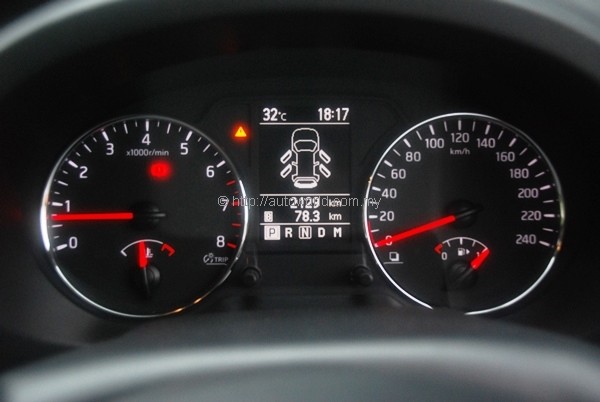 |
| Revised instrument cluster with new multi-info display. |
Verdict
In the presence of so many newer and more competitive rivals, the T31 X-Trail’s appeal to the market is understandably limited. This is not to say that it is a product without virtues, far from it. There are in fact plenty of reasons to like the X-Trail, namely refinement, fuel economy, and a practical interior. We also like how it proudly embraces its SUV character with its chunky and masculine styling.
The T31 X-Trail is in fact a decently competent product, but what it really needs is more variants. Our sole 2.0-litre CVT FWD variant is sufficient as an entry-level offering, but the option of all-wheel drive traction and more powerful engines would have widened its appeal considerably, especially for buyers with heavy-duty usage in their minds. But as the T31 enters the last legs of its product life-cycle, the task of re-establishing the X-Trail name as a genuine contender alongside the CR-V will have to be taken up by the next generation model.
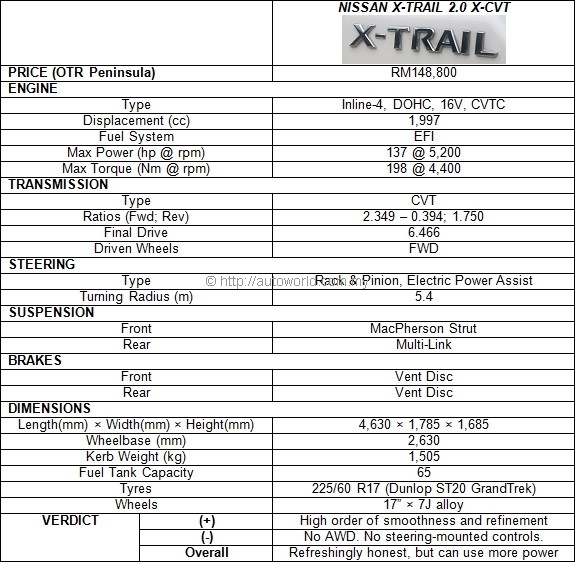 |





